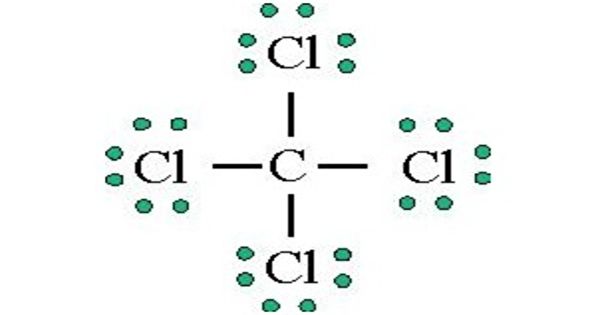A housing estate (also known as a housing complex or housing development) is a collection of homes and other structures constructed as a single development. The precise form may differ from country to country. Housing estates range in size from small developments with a few houses to large complexes with hundreds or even thousands of residential units. These estates frequently include a variety of housing types, such as single-family homes, townhouses, apartments, and, in some cases, commercial spaces.
Popular in the United States and the United Kingdom, they are often areas of high-density, low-impact single-family detached homes, and they frequently allow for separate ownership of each housing unit, for example through subdivision.
In major Asian cities such as Hong Kong, Kuala Lumpur, Shanghai, Shenzhen, Singapore, Seoul, Taipei, and Tokyo, estates can range from detached houses to high-density tower blocks with or without commercial facilities; in Europe and America, these can take the form of town housing, high-rise housing projects, or the older-style rows of terraced houses associated with the Industrial Revolution, detached or semi-detached houses with small plots of land surrounding them.
Features and Facilities in a Housing Estate:
- Housing Units: The housing units themselves are the primary feature of a housing estate. These units can be tailored to different family sizes and lifestyles, with a variety of layouts and sizes available.
- Infrastructure: Housing estates are designed with adequate infrastructure, such as roads, footpaths, and parking spaces, to meet the needs of residents.
- Amenities: Parks, playgrounds, community centres, swimming pools, fitness centres, and sports fields are common features of many housing estates. These amenities are intended to improve residents’ quality of life and foster a sense of community.
- Security: Housing estates often have security measures in place to ensure the safety of residents. This may include gated entrances, security guards, surveillance systems, and other security features.
- Utilities: Housing estates are connected to essential utilities such as water, electricity, and sewage systems to meet the residents’ needs.
Benefits of Housing Estates:
- Community Atmosphere: Housing estates can foster a strong sense of community among residents, as they often provide opportunities for social interactions and shared amenities.
- Planned Development: Housing estates are typically well-planned communities, ensuring that infrastructure and amenities are strategically located to meet the residents’ needs.
- Maintenance and Management: Housing estates are often managed by homeowners’ associations or property management companies, which take care of maintenance and upkeep of common areas and facilities.
- Safety and Security: With controlled access points and security measures, housing estates can provide a higher level of safety and security compared to standalone houses.
- Facilities and Services: The presence of amenities such as parks, playgrounds, and community centers within a housing estate can enhance the residents’ quality of life.
However, housing estates can have drawbacks, such as potential architectural uniformity, limited individual customization options, and potential governance and management issues. Furthermore, depending on location and market conditions, the affordability and accessibility of housing estates can vary.
















